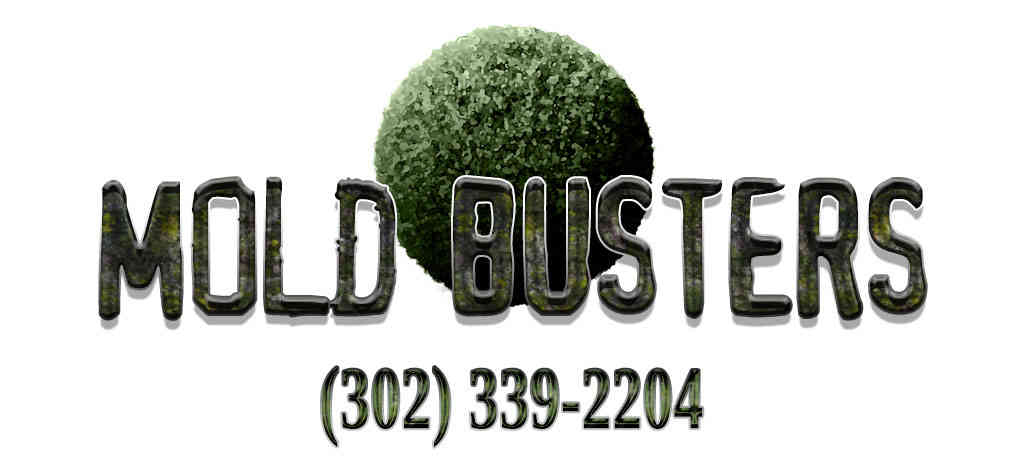Mold is everywhere, and toxic molds often take root within homes and other buildings. Water leaks and damp environments fuel the fugal growth and the proliferation of mold spores in the environment. Once mold is discovered, a safe and effective treatment is necessary to prevent further damage to building structure and the health of those who are exposed. One common cleaning method, chlorine bleach, is neither a safe nor often a effective solution. However, essential oils are becoming known as a harmless and potent killer of molds.
Clove Essential Oil
Cloves are derived from an evergreen tree native to Indonesia. The flower buds natural methods are often used as a spice. The essential oil of clove has been used medicinally in Chinese and Indian medicine and herbalism as a painkiller for dentistry.
The famous Aspergillus Niger (also known as one of the black molds) is especially sensitive to clove oil. This suggests promising effectiveness in treating molds on hard (non-porous) surfaces.
Clove oil has potent anti-fungal properties and is recommended for inclusion in The Candida Diet. Cloves have been shown to put an end to Candida growth in the mouth and intestine. A study found that clove “had a fast killing effect on yeast cells.” Another study revealed the potential of clove oil as a food bio-preservative.
How to Use Clove Oil
Diffuse – After you have addressed your water problem, whether it be a leak or dampness, you could then diffuse clove essential oil, or a blend of oils known for reducing mold spores in the air.
Clean – For small mold contaminations on hard (non-porous) surfaces you may dilute essential oils with water to clean. You may want to try this suggested cleaning solution of 1/4 teaspoon of clove oil to 1 liter of water. Do not attempt to use a higher concentration of the oil as it is very potent. Always use caution when cleaning mold yourself (the EPA recommends that any mold problem larger than 10 square feet be examined by an expert), and test a small area with the solution first to make sure it wont damage the surface.
